Charles M. Kozierok The TCP-IP Guide
Подождите немного. Документ загружается.

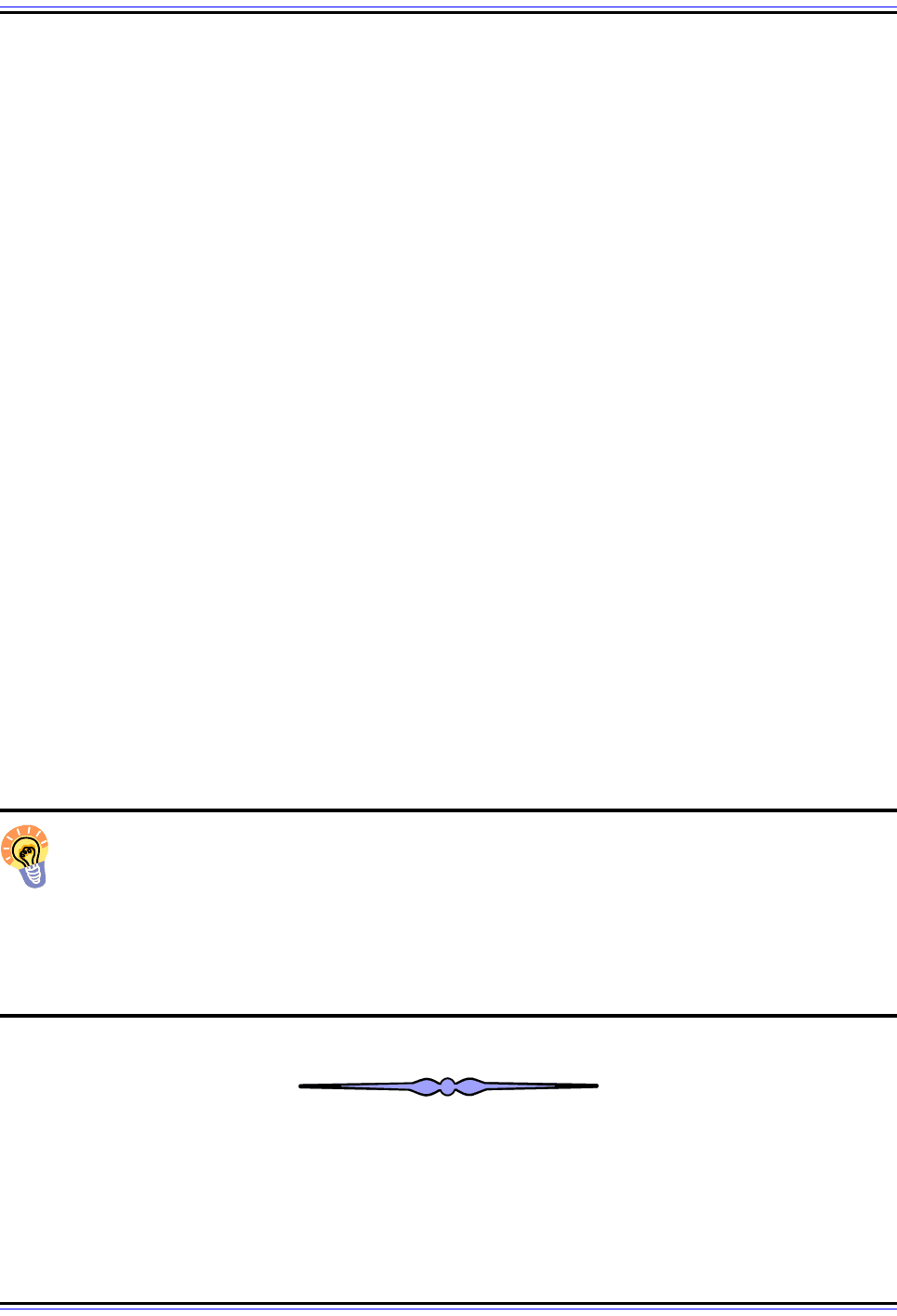
The TCP/IP Guide - Version 3.0 (Contents) ` 1421 _ © 2001-2005 Charles M. Kozierok. All Rights Reserved.
The strings “=?” and “?=” are used to bracket the non-ASCII header, which flags it as a
MIME encoded header to the recipient's e-mail client. The other elements, separated by “?”,
indicate how the non-ASCII text is encoded:
☯ <charset>: The character set used, such as “iso-8859-1”.
☯ <encoding>: Two different encoding types are defined, each represented by a single
letter for brevity:
☯ “B”: This indicates base64 encoding, as described in the previous topic.
☯ “Q”: This indicates quoted-printable encoding, again as in the prior discussion.
☯ <encoded-text>: The non-ASCII text that has been encoded as ASCII using the
encoding type indicated.
As you can see, this method is analogous to how a non-ASCII message body or body part
would be encoded, but the information about the encoding has been condensed so every-
thing can fit in a single header line. The “<charset>” parameter is somewhat analogous to
the Content-Type header for a message body, but since headers can only contain text, it
specifies what kind of text it is. The “<encoding>” parameter is clearly equivalent to the
Content-Transfer-Encoding header.
Example Non-ASCII MIME Header
Here's an example of a non-ASCII header, using the GB2312 character set (for Chinese
characters) and base64 encoding:
Subject: =?GB2312?B?u7bTrbLOvNPDwLn61bm74Q==?=
I hope that doesn't say anything inappropriate; I took it from a piece of spam e-mail I
received once! ☺
Key Concept: In addition to its many functions for encoding a variety of data in e-
mail message bodies, MIME provides a feature that allows non-ASCII information to
be placed into e-mail headers. This is done by encoding the data using either
quoted-printable or base64 encoding, and then using a special format for the header value
that specifies its encoding and character set. This technique is especially useful for e-mail
sent in languages that cannot be represented easily in standard ASCII, such as many Asian
languages.
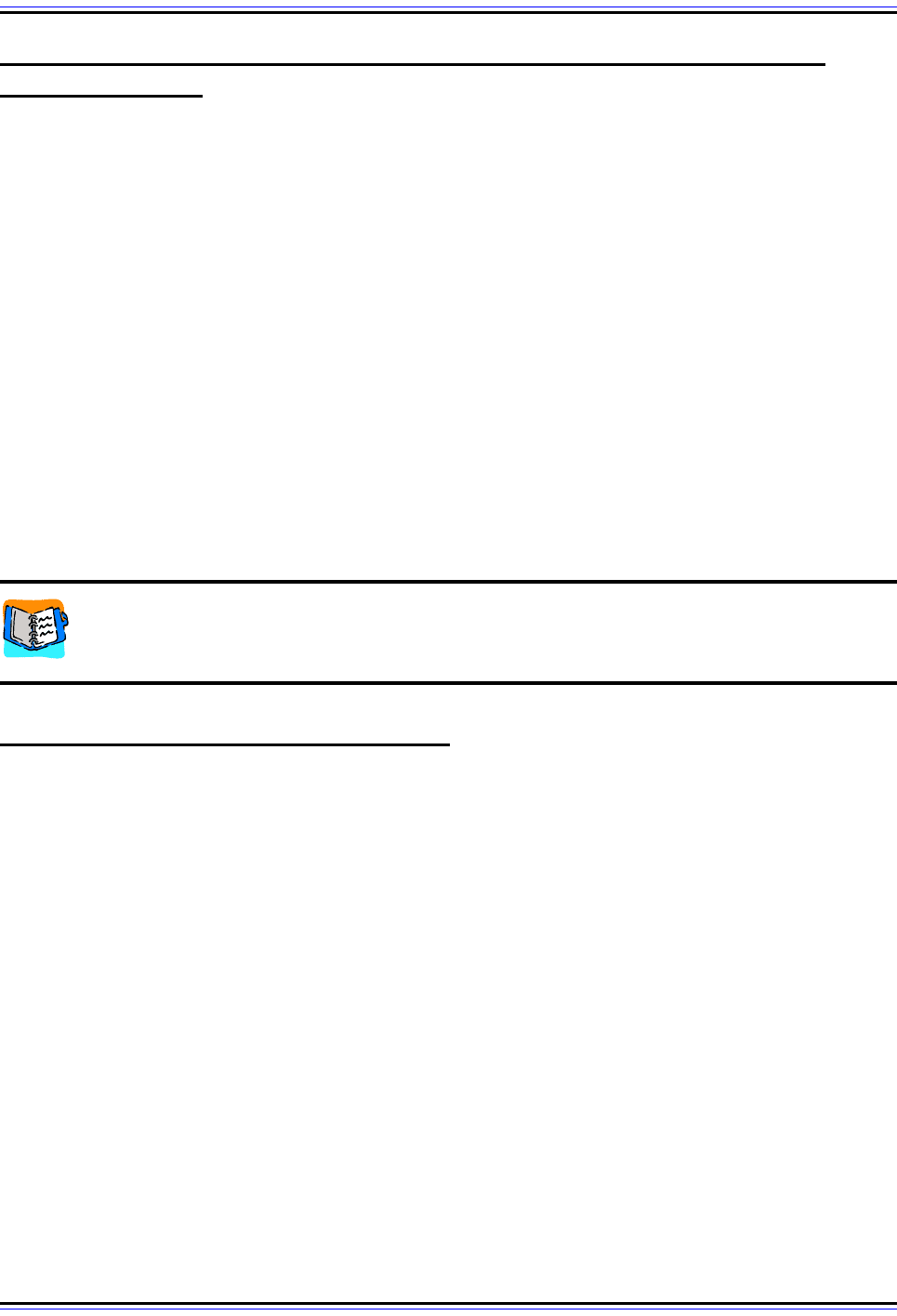
The TCP/IP Guide - Version 3.0 (Contents) ` 1422 _ © 2001-2005 Charles M. Kozierok. All Rights Reserved.
TCP/IP Electronic Mail Delivery Protocol: The Simple Mail Transfer
Protocol (SMTP)
I have emphasized in my overall description of TCP/IP electronic mail that communication
using e-mail requires the interaction of various protocols and elements. One mistake that
some people make is to equate the method used for delivering e-mail with the entire
system. This is, however, an understandable mistake: just as the postal service is only a
part of the whole system of mailing a letter; it is nonetheless a very big part. Likewise, the
delivery of e-mail from sender to recipient is arguably the most important part of e-mail as a
whole. In modern TCP/IP, this task is the responsibility of the Simple Mail Transfer Protocol
(SMTP).
In this section, I describe in detail the operation of the Simple Mail Transfer Protocol
(SMTP). I begin with an overview and history of SMTP and a discussion of the standards
that define it. I then examine the way that SMTP client/server communication and message
transport works. I explain the way that SMTP servers establish connections and transaction
sessions, and then the process by which mail is transferred from one to another. I describe
some of the special features implemented in SMTP, and discuss SMTP security issues as
well. I conclude with a reference summary of SMTP commands and replies.
Background Information: My discussion of SMTP assumes that you already have
a basic understanding of the general concepts of TCP/IP e-mail, as well as famil-
iarity with TCP/IP e-mail addressing and message formatting.
SMTP Overview, History and Standards
The overview and history of the TCP/IP electronic mail system describes how TCP/IP
evolved from its early beginnings to its current form. Since the mechanism used to deliver
e-mail is such a big part of the system as a whole, any overview of the system must of
necessity discuss how delivery mechanisms have changed as well. In the case of TCP/IP, I
explained how the delivery of mail evolved through many forms during the 1970s as devel-
opers sought to find effective ways of communicating e-mail messages between systems.
Most of these efforts involved attempts to transmit mail using existing protocols; this makes
sense, since it is easier to adapt a technology than design one from scratch.
Early SMTP History
One important achievement was the publishing of the Mail Transfer Protocol (MTP), which
was first defined in RFC 772 in September 1980, then updated in RFC 780 in May 1981.
MTP describes a set of commands and procedures by which two devices can connect
using TCP to exchange e-mail messages. Its operation is described largely using elements
borrowed from two early TCP/IP application protocols that were already in use at that time:
Teln et and FTP. The commands of MTP are in fact based directly on those of FTP.
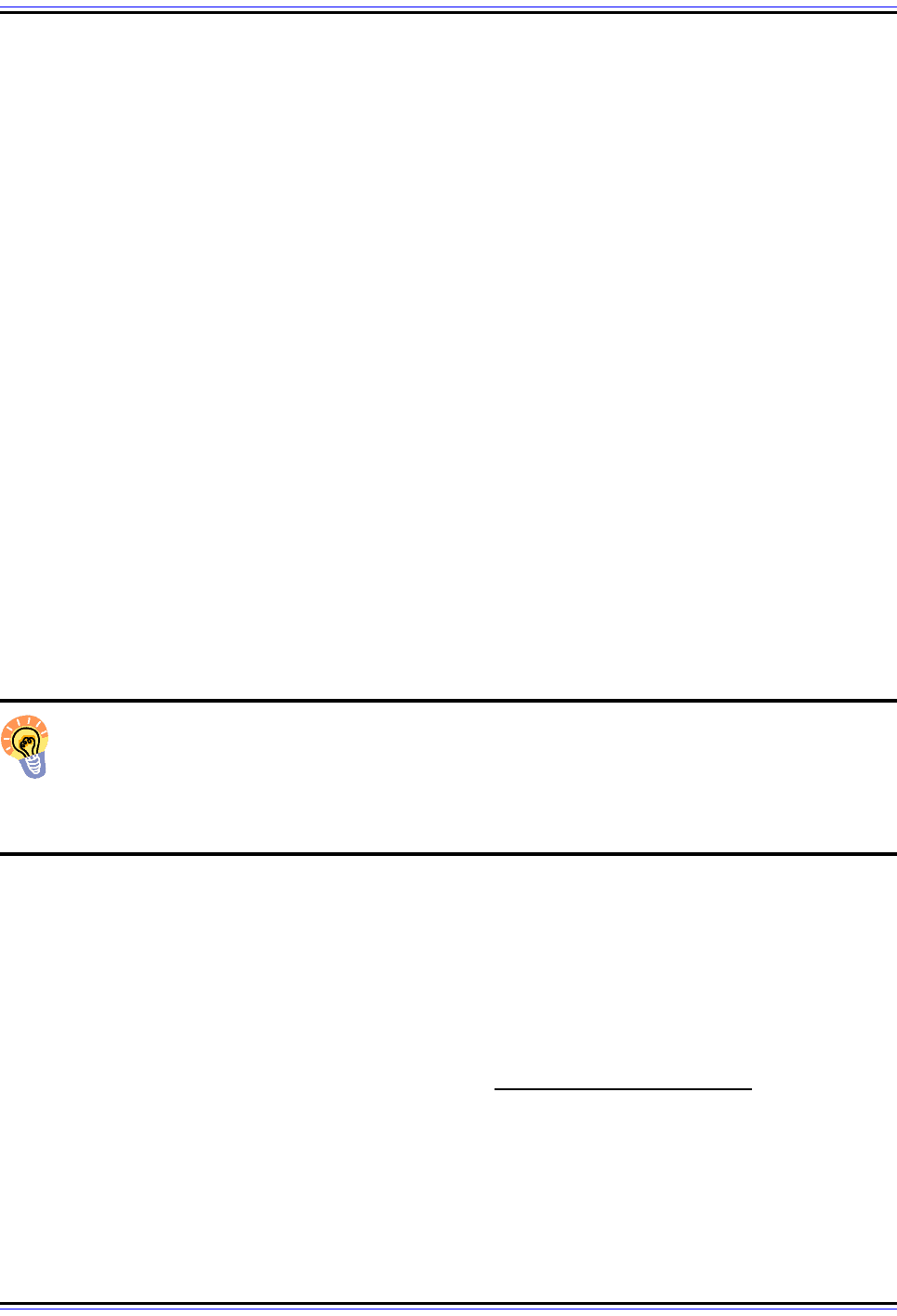
The TCP/IP Guide - Version 3.0 (Contents) ` 1423 _ © 2001-2005 Charles M. Kozierok. All Rights Reserved.
There wasn't anything inherently wrong with basing e-mail delivery on something like FTP,
but defining it this way made MTP somewhat of a “hack”. It was also restricted to the
capabilities defined by FTP, a general file transfer protocol, so it was not possible to include
features in the protocol that were specific to sending and receiving mail. Due to the impor-
tance of e-mail, a specific protocol designed for the purpose of delivering e-mail was
warranted. This protocol was first defined in RFC 788, published in November 1981: the
Simple Mail Transfer Protocol (SMTP).
The name suggests that SMTP is “simpler” than the “non-simple” MTP that it replaced.
Whether this is true or not is somewhat a matter of opinion; I do note that RFC 788 is 61
pages long, while the earlier RFC 780 was only 43 pages. What SMTP definitely has over
MTP is elegance; the protocol is designed specifically for the transport of electronic mail.
While it retains certain similarities to FTP, it is an “independent” protocol running over TCP.
So, from a conceptual standpoint, it can be considered simpler than MTP. In terms of
mechanics, the process SMTP uses to transfer an e-mail message is indeed rather simple,
especially compared to some other protocols.
RFC 788 described the operation of SMTP carrying e-mail messages corresponding to the
ARPAnet text message standard as described in RFC 733. Development of both e-mail
messages and the SMTP protocol continued, of course. In August 1982, a milestone in
TCP/IP e-mail was achieved when RFCs 821 and 822 were published. RFC 821 revised
SMTP, and became the defining standard for the protocol for the next two decades. RFC
822, its companion standard, became the standard for TCP/IP electronic mail messages
carried by SMTP.
Key Concept: The most important component of the TCP/IP electronic mail system
is the Simple Mail Transfer Protocol (SMTP). SMTP was derived from the earlier Mail
Transfer Protocol (MTP), and is the mechanism used for the delivery of mail between
TCP/IP systems and users. The only part of the e-mail system for which SMTP is not used
is the final retrieval step by an e-mail recipient.
SMTP Extensions and Revisions
As the 1980s progressed and TCP/IP and the Internet both grew in popularity, SMTP
gradually overtook other methods to become the dominant method of e-mail message
delivery. For a number of years, the protocol was used mostly “as is”, with no new RFCs
published to define new versions or formally change its behavior.
This changed in February 1993, when RFC 1425, SMTP Service Extensions
, was
published. As the name suggests, this standard describes a process for adding new
capabilities to extend how SMTP works, while maintaining backward-compatibility with
existing systems. SMTP with these extensions is sometimes called Extended SMTP or
ESMTP (though use of this term seems to be not entirely universal). As development of
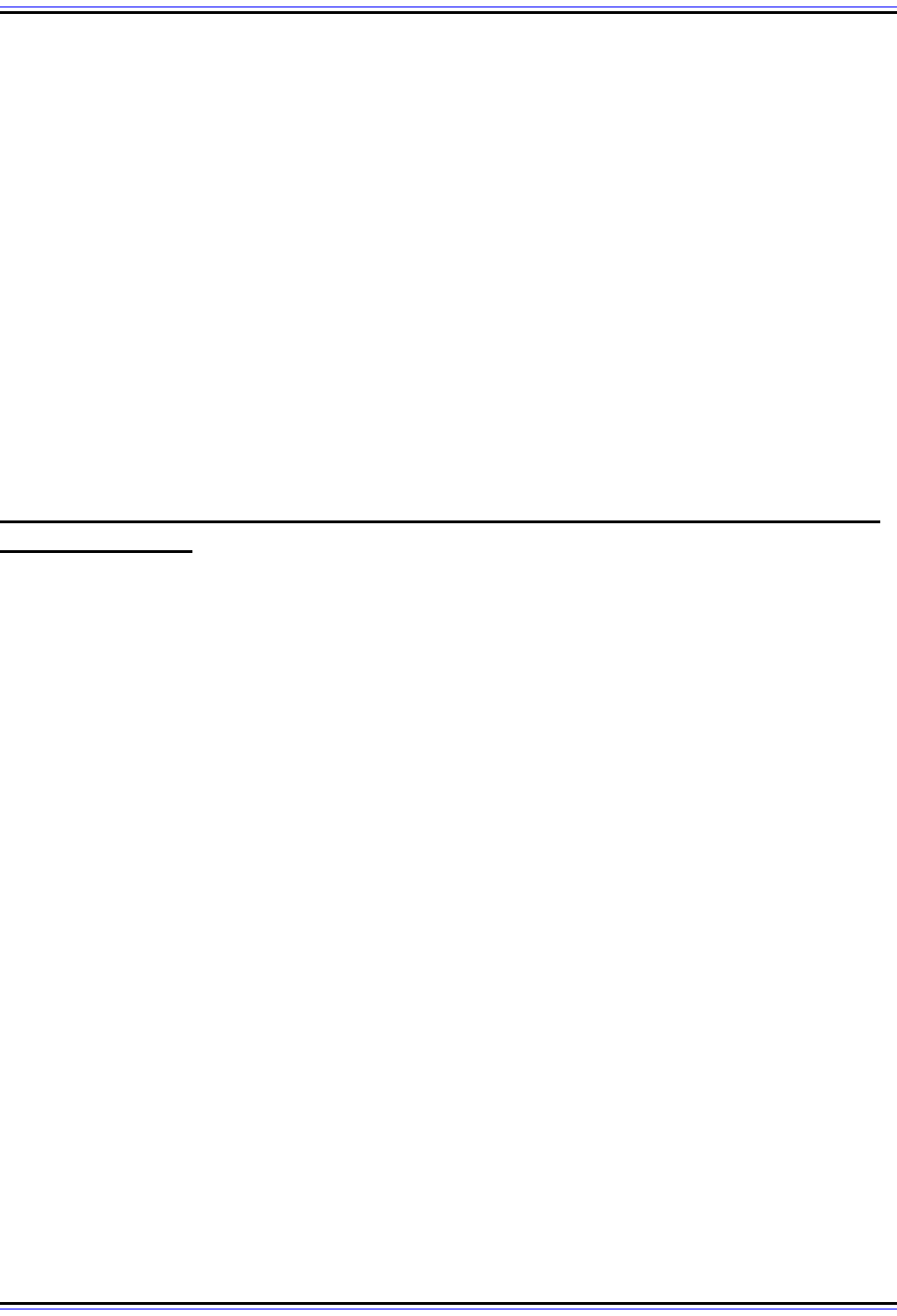
The TCP/IP Guide - Version 3.0 (Contents) ` 1424 _ © 2001-2005 Charles M. Kozierok. All Rights Reserved.
SMTP continued, RFC 1425 was revised in RFC 1651 in July 1994 and then RFC 1869 in
November 1995. Along with these, a number of other RFCs defining particular SMTP exten-
sions such as pipelining and message size declaration were defined.
In April 2001, another major milestone in TCP/IP e-mail was reached when revisions of
RFC 821 and RFC 822 were published, as RFCs 2821 and 2822 respectively. Both
documents are “consolidations” of updates and changes that had been made to RFCs 821
and 822 between 1982 and 2001. And no, I don't think it is a coincidence that the old and
new RFC numbers are exactly “2000” apart. RFCs 2820 and 2823 were both published in
May 2000, so it looks like 2821 and 2822 were reserved for the e-mail standards. I think this
was a great idea, as it makes more clear that the new RFCs are revisions of the old ones.
RFC 2821 is the current base standard for SMTP. It incorporates the base protocol
description from RFC 821, and the latest SMTP extensions as defined in RFC 1869.
Perhaps more importantly, it updates the description of the e-mail communication model to
reflect the realities of modern TCP/IP networks, especially the e-mail features built into the
Domain Name System (DNS). We'll examine this in more detail in the next topic.
SMTP Communication and Message Transport Methods, Client/Server Roles
and Terminology
The TCP/IP electronic mail communication model describes the way e-mail messages are
conveyed from the sender to the recipient. In most cases, this involves the sender's client
machine sending the e-mail to its local SMTP server, which in turn sends it to the recipient's
local SMTP server, and finally to the recipient's local host. All of these steps except for the
last one are performed by SMTP. In fact, the overall e-mail communication model is largely
described by the RFC 821 and 2821 SMTP standards.
The initial communication takes place between the sender's client machine and a local
SMTP server that the sender is allowed to access. After submission of the e-mail message,
that SMTP server becomes responsible for delivering the message to the SMTP server
responsible for the recipient's mailbox. There are two different ways that this can happen.
Early E-Mail Communication Using Relaying
In the first years of electronic mail, when RFC 821 and its predecessors were initially
defined, the Internet was very different than it is today. There was no Domain Name
System, and this made electronic mail delivery complex, because there was no way to map
a mailbox address to the IP address of the SMTP server that managed that mailbox. Also,
there were many proprietary networks connected to the Internet, which meant that it was no
always possible for any given system to communicate with any other.
Given this, how could e-mail be delivered? The most common way in the early days of
SMTP was through a process called relaying. SMTP routing information was included along
with the e-mail address, to specify a sequence of SMTP servers that the mail should be
relayed through to get to its destination. For example, if a sender using SMTP server A
wanted to send e-mail to someone whose mailbox was on SMTP server Z, they might have
needed to specify that the mail be sent through intermediate SMTP servers at sites D, P
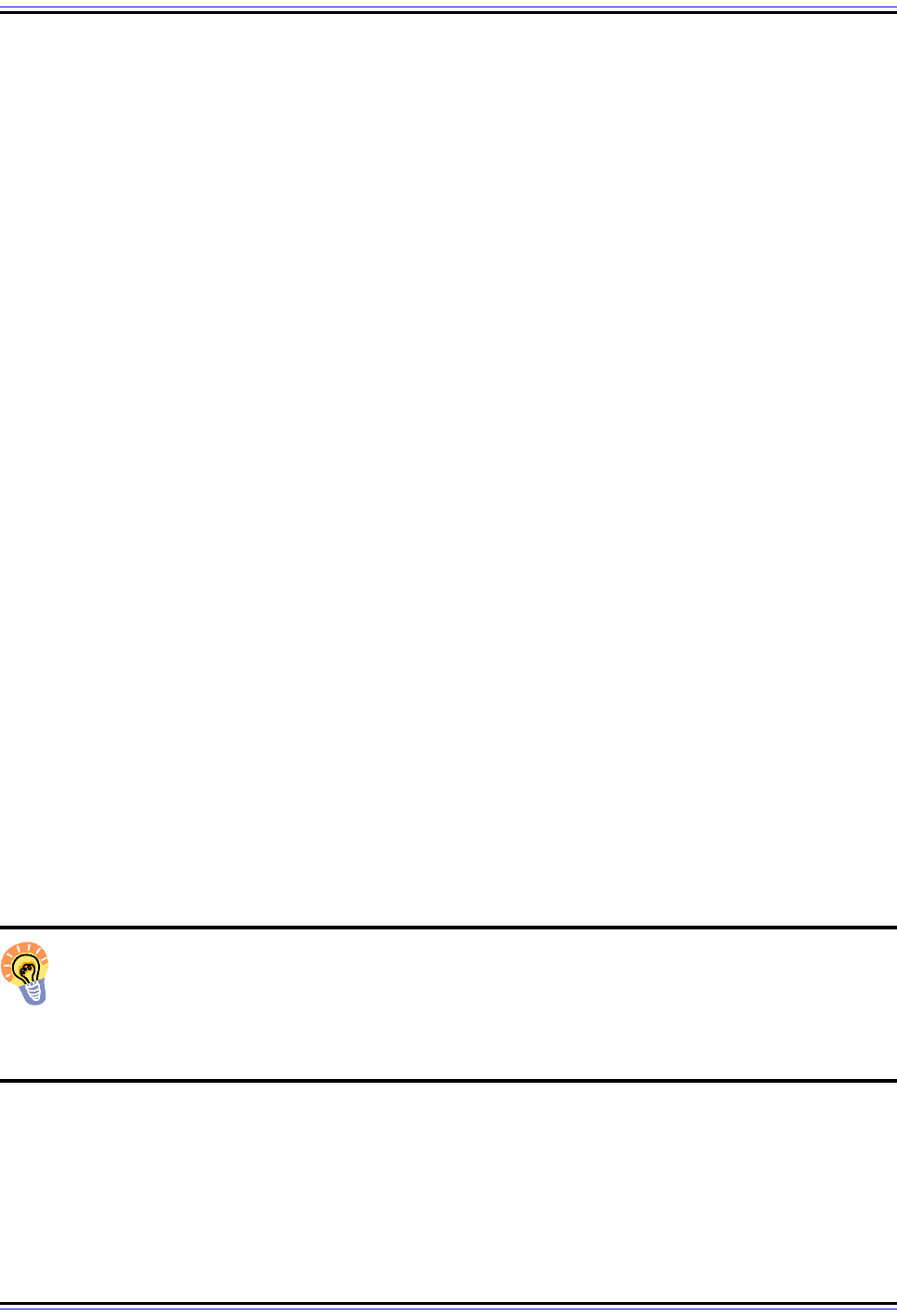
The TCP/IP Guide - Version 3.0 (Contents) ` 1425 _ © 2001-2005 Charles M. Kozierok. All Rights Reserved.
and U to get there. An SMTP connection would be established from A to D to send the
message on one leg of its journey; then it would go from D to P, P to U and then U to Z. The
process is analogous to how IP routing works, but at the application layer (actually using IP
routing at a lower level, of course.)
You can probably see the problems with this quite easily: it's cumbersome, requires many
devices to “handle” the mail, results in delays in communication, and also requires the
communication of source routes between SMTP servers. It was certainly functional, but far
from ideal.
Modern E-Mail Communication Using DNS and Direct Delivery
The creation of DNS radically changed how e-mail delivery worked. DNS includes support
for a special mail exchanger (MX) record that allows easy mapping from the domain name
in an e-mail address to the IP address of the SMTP server that handles mail for that
domain. I explain this in the topic on the regular e-mail address format, as well as the
dedicated topic on DNS e-mail support.
In the new system, SMTP communication is much simpler and more direct. The sending
SMTP server uses DNS to find the MX record of the domain to which the e-mail is
addressed. This gives the sender the DNS name of the recipient's SMTP server. This is
resolved to an IP address, and a connection can be made directly from the sender's SMTP
server to the recipient's to deliver the e-mail. While SMTP still supports relaying, direct e-
mail delivery using MX records is faster and more efficient, and RFC 2821 makes clear that
this is now the preferred method.
In this new system, SMTP is generally only used for two transfers: first, from the sender's
client machine to the sender's local SMTP server, and then from that server to the
recipient's local SMTP server, as shown in Figure 301. (A distinct mail access protocol or
method is used by the recipient for the last leg of the journey.) Each transfer of an e-mail
message between SMTP servers involves the establishment of a TCP connection and then
the transfer of the e-mail headers and body using the SMTP mail transfer process. The next
two topics describe in detail how this occurs.
Key Concept: In the early days of SMTP, mail was delivered using the relatively
inefficient process of relaying from server to server across the internetwork. Today,
when an SMTP server has mail to deliver to a user, it determines the server that
handles the user’s mail using the Domain Name System (DNS) and sends the mail to that
server directly.
SMTP Terminology: Client/Server and Sender/Receiver
The original RFC 821 standard referred to the device that initiates an SMTP e-mail transfer
as the sender and the one that responds to it as the receiver. These terms were changed to
client and server in RFC 2821 to “reflect current industry terminology”. Strictly speaking, this
is correct, but in some ways the more current terminology is significantly less clear.
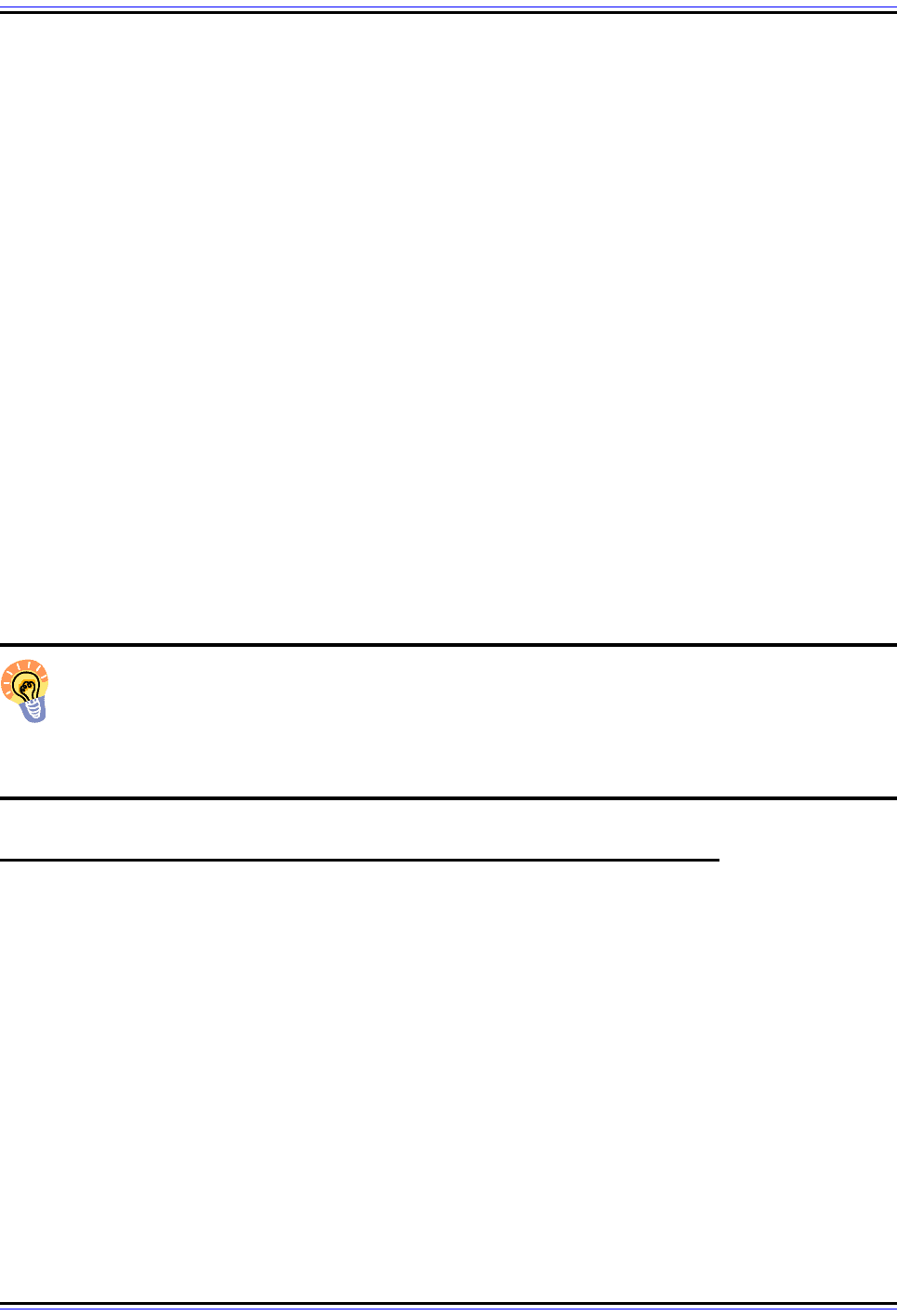
The TCP/IP Guide - Version 3.0 (Contents) ` 1426 _ © 2001-2005 Charles M. Kozierok. All Rights Reserved.
As I explained in the general discussion of TCP/IP client/server operation, the terms “client”
and “server” are used in many different sense in networking, and this often leads to
confusion. In common parlance, the computers that handle e-mail on the Internet are
usually all called SMTP servers. This is for two reasons. First, they run SMTP server
software to provide SMTP services to client machines, such as end-user PCs. Second,
these devices are usually dedicated hardware servers running in network centers, typically
managed by Internet Service Providers.
However, the terms “client” and “server” are now used to refer to the roles in a particular
SMTP communication as well. Since all SMTP servers both send and receive e-mail, they
all act as both clients and servers transactionally at different times. An SMTP server that is
relaying an e-mail will act as both for that message, receiving it as a server and then
sending it to the next server as a client.
Adding to this potential confusion is the fact that the initial stage in sending an e-mail is from
the sender's client machine to the sender's local SMTP server. Thus, the client role in an
SMTP transaction may not be an actual SMTP server, but the server role will always be a
server.
Confused yet? ☺ Me too. For all of these reasons, the old terms “sender” and “receiver” are
still used in places in RFC 2821, where needed for clarity. I consider them much more
straight-forward and use them in the topics that follow.
Key Concept: SMTP servers both send and receive e-mail; the device sending mail
acts as a client for that transaction; the one receiving it acts as a server. To avoid
confusion, it is easier to refer to the device sending e-mail as the SMTP sender and
the one receiving as the SMTP receiver; these were the terms used when SMTP was origi-
nally created.
SMTP Connection and Session Establishment and Termination
The delivery of electronic mail using the Simple Mail Transfer Protocol (SMTP) involves the
regular exchange of e-mail messages between SMTP servers. SMTP servers are respon-
sible for sending e-mail that users of the server submit for delivery. They also receive e-mail
either intended for local recipients, or in some cases for forwarding or relaying to other
servers.
Overview of Connection Establishment and Termination
All SMTP communication is done using the TCP. This allows SMTP servers to make use of
TCP's many features that ensure efficient and reliable communication. SMTP servers
generally must be kept running and connected to the Internet 24 hours a day, seven days a
week, to ensure that mail can be delivered at any time. (This is a big reason why most end-

The TCP/IP Guide - Version 3.0 (Contents) ` 1427 _ © 2001-2005 Charles M. Kozierok. All Rights Reserved.
users employ access protocols such as POP3 to access their received e-mail rather than
running their own SMTP servers.) The server listens continuously on the SMTP server port,
well-known port number 25, for any TCP connection requests from other SMTP servers.
As explained in the previous topic, an SMTP server that wishes to send e-mail normally
begins with a DNS lookup of the MX record corresponding to the domain name of the
intended recipient's e-mail address, to get the name of the appropriate SMTP server. This
name is then resolved to an IP address; for efficiency, this IP address is often included as
an Additional record in the response to the MX request, to save the sending server from
needing to perform two explicit DNS resolutions.
The SMTP sender then establishes a SMTP session with the SMTP receiver. Once the
session is established, mail transactions can be performed, to allow mail to be sent
between the devices. When the SMTP sender is done, it terminates the connection. All of
these processes involve specific exchanges of commands and replies, which are illustrated
in Figure 304.
Connection Establishment and Greeting Exchange
Let’s take a look at these processes in more detail, starting of course with SMTP session
establishment. The SMTP sender begins by initiating a TCP connection to the SMTP
receiver. The sending SMTP server uses an ephemeral port number, since it is playing the
role of the client in the transaction. Assuming that the server is willing to accept a
connection, it will indicate that it is ready to receive instructions from the client by sending
reply code 220. This is called the “greeting” or “service ready” response. It commonly
includes the full domain name of the server machine, the version of the SMTP server
software it is running, and possibly other information.
Now, it would be rude for the server acting as a client to just start sending commands to the
responding server without saying hello first, wouldn't it? So that's exactly what comes next:
the client says “hello”. In the original SMTP protocol, this is done by issuing a HELO
command, which includes the domain name of the sending (client) SMTP server as a
courtesy. The receiving device then responds back with a return “hello” message using an
SMTP reply code 250.
For example, if the SMTP server “smtp.sendersite.org” was making a connection to the
SMTP server “mail.receiversplace.com”, it would say:
HELO smtp.sendersite.org
After receiving this, “mail.receiversplace.com” would respond back with a “hello” message
of its own, something like this:
250 mail.receiversplace.com Hello smtp.sendersite.org, nice to meet you.
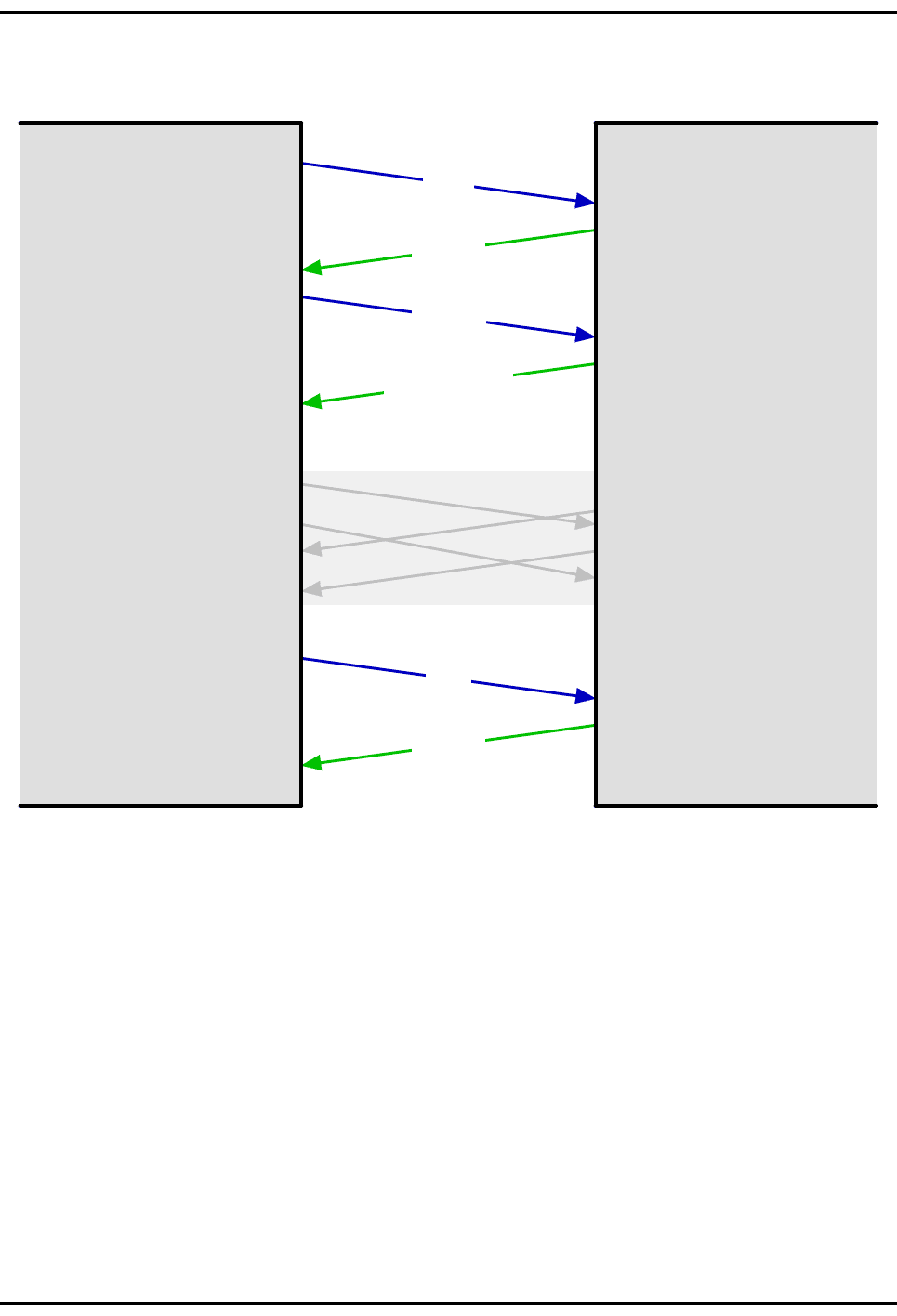
The TCP/IP Guide - Version 3.0 (Contents) ` 1428 _ © 2001-2005 Charles M. Kozierok. All Rights Reserved.
The “chatty” text is of course purely optional; most of the time SMTP communication is
between software programs, so all the pleasantries are mostly just programmers having a
sense of humor. Still, isn't such politeness a pleasant thing to see in this sometimes difficult
world of ours? ☺
Connection Establishment Using SMTP Extensions
The SMTP extensions defined at first in RFC 1425 and then in subsequent standards up to
RFC 2821 define an alternative “hello” message for the client to use: EHLO (extended
hello). An SMTP sender supporting SMTP extensions (and most do) uses EHLO instead of
HELO in response to the 220 greeting. This serves both to say “hello” to the SMTP receiver,
and to tell it that the sender supports SMTP extensions.
Figure 304: SMTP Transaction Session Establishment and Termination
An SMTP session begins with the SMTP sender establishing a TCP connection to the SMTP receiver. The
receiver sends a ready message; the sender sends a HELO or EHLO command, to which the receiver
responds. Assuming no difficulties, the session is established and mail transactions take place. When the
sender is done, it sends a QUIT command; the receiver responds with a 221 reply and closes the session.
SMTP ReceiverSMTP Sender
(TCP)
1. Establish TCP
Connection To Receiver
2. Establish TCP Connection,
Send 220 "Ready" Reply
4. Receive EHLO, Send 250
"OK" Reply With List Of
Supported SMTP Extensions
3. Receive "Ready" Reply,
Send EHLO Command
220
EHLO
5. Receive "OK" Reply,
Process Acceptable
Extensions; Connection Open
(Mail Transactions)
(Mail Transactions)
250
(Extension List)
...
...
i. Done With Mail Transfers,
Send QUIT Command
QUIT
221
ii. Receive QUIT, Send 221
"Goodbye" Reply, Close
Transmission Channel
iii. Receive "Goodbye" Reply,
Close Transmission Channel

The TCP/IP Guide - Version 3.0 (Contents) ` 1429 _ © 2001-2005 Charles M. Kozierok. All Rights Reserved.
If the SMTP receiver supports the extensions, it replies back with the usual 250 reply, as
well as a series of extra 250 responses. Each of these lists an EHLO keyword that indicates
a particular SMTP extension the receiver supports. If the receiving server doesn't support
the extensions, it will reject the EHLO command with a 500 reply code (“syntax error,
command not recognized”). This tells the SMTP sender that it cannot use extensions; it will
then either issue a conventional HELO command, or QUIT the connection if it requires the
SMTP extensions to be present. (In practice, it is rare for a server to require the use of
SMTP extensions.)
Here's the same example as above, but using EHLO. The sender says:
EHLO smtp.sendersite.org
Assuming “mail.receiversplace.com” supports the SMTP extensions, a typical reply might
be:
250-mail.receiversplace.com Hello smtp.sendersite.org, nice to meet you.
250-SIZE
250-DSN
250 PIPELINING
Each of these additional replies identifies a particular SMTP extension supported by
“mail.receiversplace.com”; in this case, message size declaration (“SIZE”), delivery status
notification (“DSN”) and command pipelining. (The dashes after the “250” indicate a
multiple-line response to a command.)
Once the HELO or EHLO command has been sent and the receiving device has
responded, the session is initiated. Further commands can be sent by the sending SMTP
server to the responding server. These usually take the form of e-mail message transfer
transactions using the process described in the following topic, and other command/reply
exchanges as needed.
Connection Termination
When the sending device is finished sending all the e-mail it has to transfer to the receiving
device, and done with all other activities, it terminates the session by issuing the QUIT
command. This normally results in a 221 “goodbye” message from the SMTP receiver,
saying something like “closing transmission channel”. The TCP connection is then
terminated.
A server may also terminate prematurely in special cases. If it is given a local command to
shut down (for example, due to imminent rebooting of the hardware server upon which it is
running), it may respond to any routine command with a 421 response (“Service not
available, closing transmission channel”). A server is not supposed to terminate a session
simply due to receipt of an invalid command, however, only in special cases where session
termination cannot be avoided.
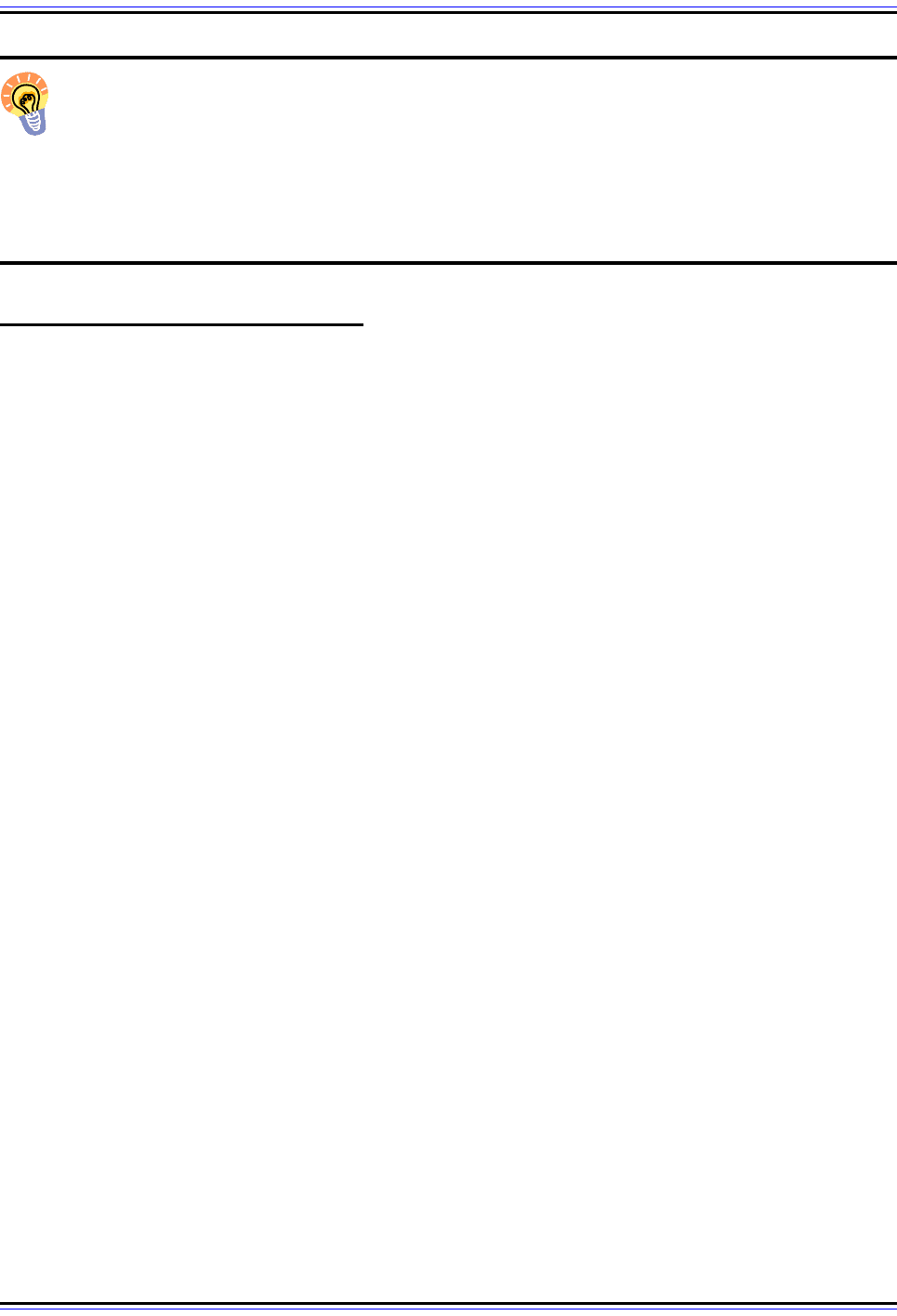
The TCP/IP Guide - Version 3.0 (Contents) ` 1430 _ © 2001-2005 Charles M. Kozierok. All Rights Reserved.
Key Concept: An SMTP session consists of three basic phases. The session is first
established through the creation of a TCP connection and the exchange of identity
information between the SMTP sender and receiver using the HELO command.
Once established, mail transactions can be performed. When the SMTP sender is done
with the session, it terminates it using the QUIT command. If SMTP extensions are
supported, the SMTP sender uses the EHLO (extended hello) command instead of HELO,
and the SMTP receiver replies with a list of extensions it will allow the SMTP sender to use.
SMTP Mail Transaction Process
The delivery of e-mail message begins with the establishment of an SMTP session between
the devices sending and receiving the message. The SMTP sender initiates a TCP
connection to the SMTP receiver, and then sends a HELO or EHLO command, to which the
receiver responds. Assuming there are no problems, the session is then established and
ready for actual e-mail message transactions.
SMTP Mail Transaction Overview
The SMTP mail transaction process itself consists of three steps:
1. Transaction Initiation and Sender Identification: The SMTP sender tells the SMTP
receiver that it wants to start sending a message, and gives the receiver the e-mail
address of the message's originator.
2. Recipient Identification: The sender tells the receiver the e-mail address(es) of the
intended recipients of the message.
3. Mail Transfer: The sender transfers the e-mail message to the receiver. This is a
complete e-mail message meeting the RFC 822 specification (which may be in MIME
format as well).
That's it! So you can see that the word “Simple” in “Simple Mail Transfer Protocol” definitely
has at least some merit. Especially when compared with other protocols that claim to be
simple, such as SNMP. ☺
The Rationale for A Separate E-Mail Message and Envelope
In fact, one question that sometimes comes up when examining SMTP is why couldn't this
process be even simpler? The first two steps identify the sender of the e-mail and the
intended recipient(s). But all of this information is already contained in headers in the
message itself. Why doesn't SMTP just read that information from the message, which
would in fact make the mail transaction a one-step process?
The explanation for this isn't specifically addressed in the SMTP standards, but I believe
there are several reasons:
